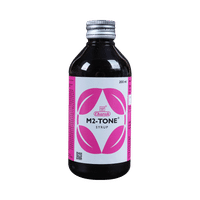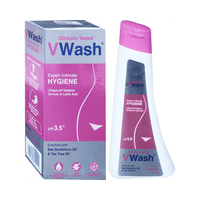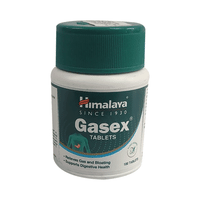Azelac Lotion
Rs.7559for 1 bottle(s) (100 ml Lotion each)
food interaction for Azelac
alcohol interaction for Azelac
pregnancy interaction for Azelac
lactation interaction for Azelac
medicine interaction for Azelac
food
alcohol
pregnancy
lactation
medicine
No interaction found/established
No interaction found/established
Azelac Lotion may be unsafe to use during pregnancy. Although there are limited studies in humans, animal studies have shown harmful effects on the developing baby. Your doctor will weigh the benefits and any potential risks before prescribing it to you. Please consult your doctor.
CONSULT YOUR DOCTOR
Azelac Lotion is probably safe to use during breastfeeding. Limited human data suggests that the drug does not represent any significant risk to the baby.
SAFE IF PRESCRIBED
No interaction found/established
SALT INFORMATION FOR Azelac
Azelaic Acid(5%)
Uses
Azelaic Acid is used in the treatment of acne.
How it works
Azelaic acid works by killing the acne-causing bacteria and reduces inflammation (redness and swelling) of the skin.
Common side effects
Burning sensation, Skin irritation, Erythema (skin redness), Itching, Xerosis, Seborrhoea, Application site swelling, Contact dermatitis, Acne, Worsening of asthma, Vitiligo depigmentation, Small depigmented spots, Hypertrichosis (excessive hair growth), Exacerbation herpes labialis, Acne-like rash
Salicylic Acid(2%)
Uses
Salicylic Acid is used in the treatment of acne.
How it works
Salicylic Acid is a keratolytic medication. It treats pimples (acne) by penetrating into the skin and killing acne-causing bacteria. It additionally reduces oil production in the skin, replenishes acne-prone skin, and it also keeps your pores open.
Common side effects
Erythema (skin redness), Scaling, Sensitivity, Dryness, Irritation
SUBSTITUTES FOR Azelac
No substitutes foundExpert advice FOR Azelac
- Apply it precisely only over the affected area. If irritation happens, stop using it and consult your doctor.
- If you have sensitive skin, you should apply Azelaic acid only once a day for the first week of treatment and then proceed to twice daily applications.
- Before applying the cream/gel, clean the skin thoroughly with plain water and make it dry.
- Avoid contact with eyes, mouth or other inner skin layers (mucous membranes). In case of accidental contact, wash immediately with large amounts of cold water.
- Inform your doctor if you are pregnant, planning pregnancy or breastfeeding.
Frequently asked questions FOR Azelac
Azelaic Acid
Q. What amount of Azelaic Acid should be applied?
Use it exactly as recommended by your doctor. As a guide, if the whole of your face is affected, use 2.5 cm (approx. 0.5 g) of cream each time. If you have acne on your chest and back, as well as your face, adjust the amount of cream accordingly.
Q. How long does Azelaic Acid take to show complete effect?
The time taken by Azelaic Acid to cure acne varies from individual to individual. It depends upon the severity of acne at the start of the treatment. Usually, the condition shows a distinct improvement after about 4 weeks. For best results, your doctor may prescribe to use Azelaic Acid regularly for several months. However, you should not use Azelaic Acid for more than 12 months at any time.
Q. Does Azelaic Acid lighten skin?
Azelaic Acid may cause change in skin color, especially if you have dark colored skin. If you notice any change in your skin color, contact your doctor immediately.
Salicylic Acid
Q. How should Salicylic Acid be applied?
You should remove all of the make-up. Wash your hands and the affected area and gently dry. Put a thin layer of Salicylic Acid cream on the affected skin, using your fingertips. Apply it to the entire area affected by acne, not just each spot. After applying, wash your hands thoroughly with water.
Q. Should Salicylic Acid be left overnight?
At the beginning of the treatment, Salicylic Acid is usually used once daily in the evening. The area is not washed off after application of Salicylic Acid, so it can be left overnight unless you experience irritation. However, if you experience irritation, consult your doctor.
Q. What should prompt me to discontinue Salicylic Acid?
You should discontinue Salicylic Acid and consult your doctor if you experience severe local irritation, which means severe redness, dryness and itching and stinging/burning sensation.






















